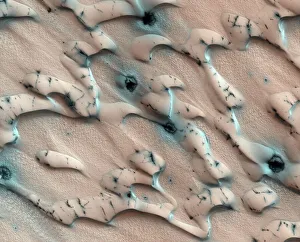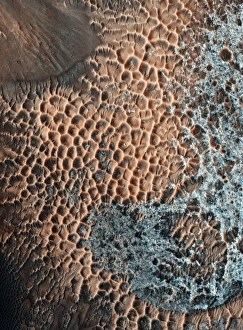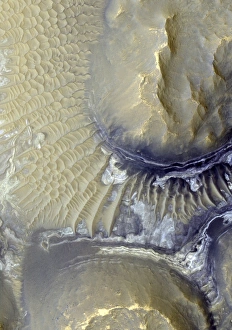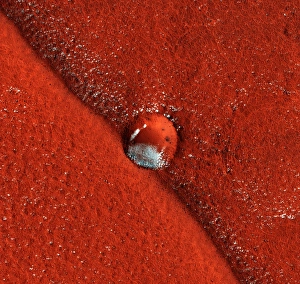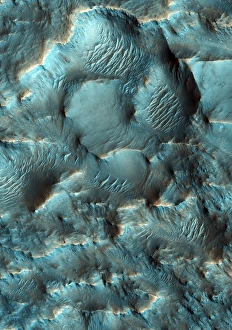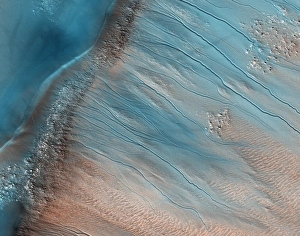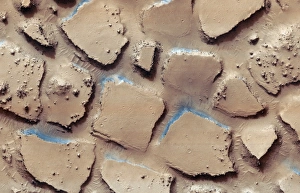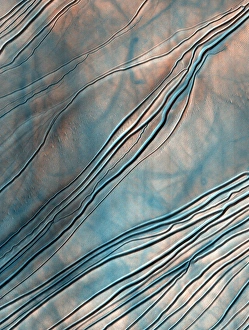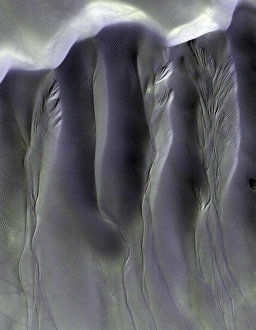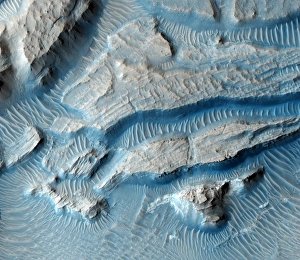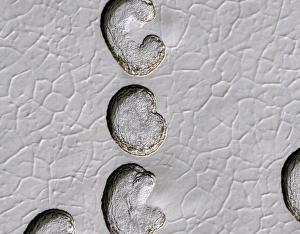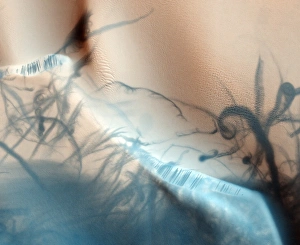High Resolution Imaging Collection
"Unveiling the Mysteries of Mars: High Resolution Imaging Reveals Stunning Details" Embarking on a journey to the Red Planet
All Professionally Made to Order for Quick Shipping
"Unveiling the Mysteries of Mars: High Resolution Imaging Reveals Stunning Details" Embarking on a journey to the Red Planet, it has allowed us to witness the mesmerizing beauty and enigmatic landscapes that lie within. From the intricate patterns etched upon Martian sand dunes, captured by satellite images, to the captivating central-peak crater floor in Noctis Labyrinthus - every pixel reveals a story waiting to be told. As our gaze extends further, we delve into the depths of Martian impact craters through satellite imagery, unraveling their secrets hidden beneath their rugged surfaces. The Terra Sirenum region beckons with its awe-inspiring vistas and breathtaking panoramas that stretch as far as the eye can see. Gazing down from above, we observe gullies gracefully carving their way through martian sand dunes - nature's artwork etched onto an extraterrestrial canvas. These delicate formations offer glimpses into Mars' ever-changing landscape and hint at ancient water flows that once danced across its surface. Venturing deeper into Cerberus Palus, volcanic blocks stand tall amidst a sea of red dust - remnants of fiery eruptions frozen in time. Each block tells a tale of violent geological activity and offers clues about Mars' tumultuous past. With each image captured by high resolution technology, we inch closer towards understanding this mysterious neighbor planet. As our exploration continues, these visual treasures serve as reminders of humanity's insatiable curiosity and unyielding quest for knowledge beyond our own celestial abode. In this age where science meets artistry, high resolution imaging unveils wonders previously unseen; it bridges gaps between worlds while igniting imaginations here on Earth. With every click of a camera or scan from orbiting satellites, we are reminded that there is still so much more awaiting discovery among those distant Martian sands – just waiting for us to explore further.

